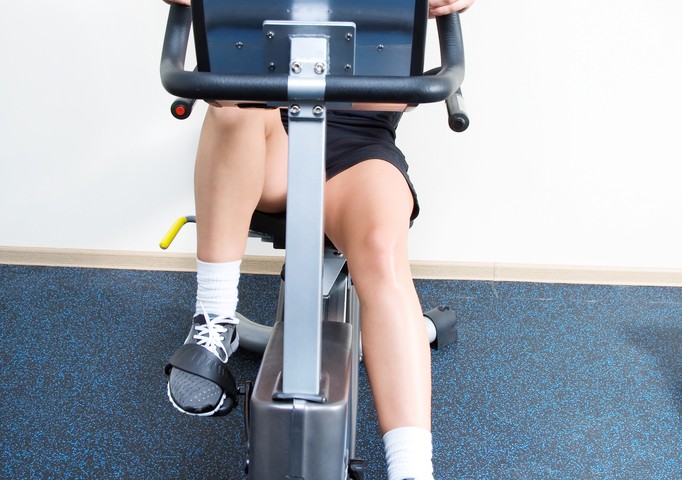Frequent Weekly Exercise Sessions Don’t Bring Greater Benefit, Small Study Suggests

While rehabilitation programs that include exercise are helpful to amyotrophic lateral sclerosis (ALS) patients, no extra benefit was seen by raising the number of weekly sessions from a standard two to five, a small study from Italy reports.
The study, “High‐frequency motor rehabilitation in amyotrophic lateral sclerosis: a randomized clinical trial,” was published in the journal Annals of Clinical and Translational Neurology.
Physical exercise is an integral part of ALS management, especially in early disease stages before significant muscular atrophy and impairment occurs. But while studies have looked at benefits gained by type of exercise, from stretching to endurance training, few have looked at intensity as defined by frequency.
In a clinical study (NCT02306109), researchers in Italy evaluated the impact of two 10-week motor rehabilitation exercise programs on 65 patients recruited at ALS centers in Modena, Reggio Emilia, and Ferrara. Participants’ mean age was around 67, and a majority (49 patients) were men.
Thirty-two were assigned to an intensive regimen that consisted of mixed exercises five times a week for a total of 50 sessions, and the remaining 33 to a usual exercise regimen, mirroring Italy’s standard for ALS rehabilitation of two weekly sessions for a total of 20.
Motor rehabilitation aims to improve everyday skills and functional capabilities through a mix of aerobic and endurance training, as well as stretching and assisted active movement.
Each session lasted 45 minutes and was performed under expert supervision for 10 weeks. Patients were then asked to continue their exercise program under a caregiver’s guidance; over 12 months their progress would be checked monthly by a trained therapist. They would continue to be followed for another year.
Benefits were evaluated every six months from study’s start (baseline) using the revised ALS Functional Rating Scale (ALSFRS), which measures changes in daily life skills over time to gauge ALS progression. Activities in this scale include speech, swallowing, breathing, walking, dressing one’s self, and climbing stairs.
No “significantly different” changes in ALSFRS-R scores between the two groups from baseline out through 24 months were noted, the researchers reported.
Advantages in respiratory function, as measured by forced vital capacity (the amount of air a person can forcefully exhale after a deep breath), also were not evident between those in the intense and those in the regular exercise group. Likewise, the ALS assessment questionnaire (ALSAQ40) and McGill quality of life questionnaire, two self-reported measures of health-related quality of life, did not showed marked differences between the groups.
“No benefit or harm in motor or respiratory function could be observed in the intensive regimen arm of this trial,” the study noted.
Study limitations were notable, the researchers said, and included a large number of patients lost during follow-up — 20 died and 11 left after a surgical procedure to help with breathing (tracheostomy) — and the limited number of sessions performed under expert guidance.
“Our study showed that twice‐a‐week sessions composed of a mixture of exercises may have the same beneficial effect on the patient … [as] high‐frequency physical exercise programs,” the team concluded. “But further studies are warranted to overcome our study limitations.”






